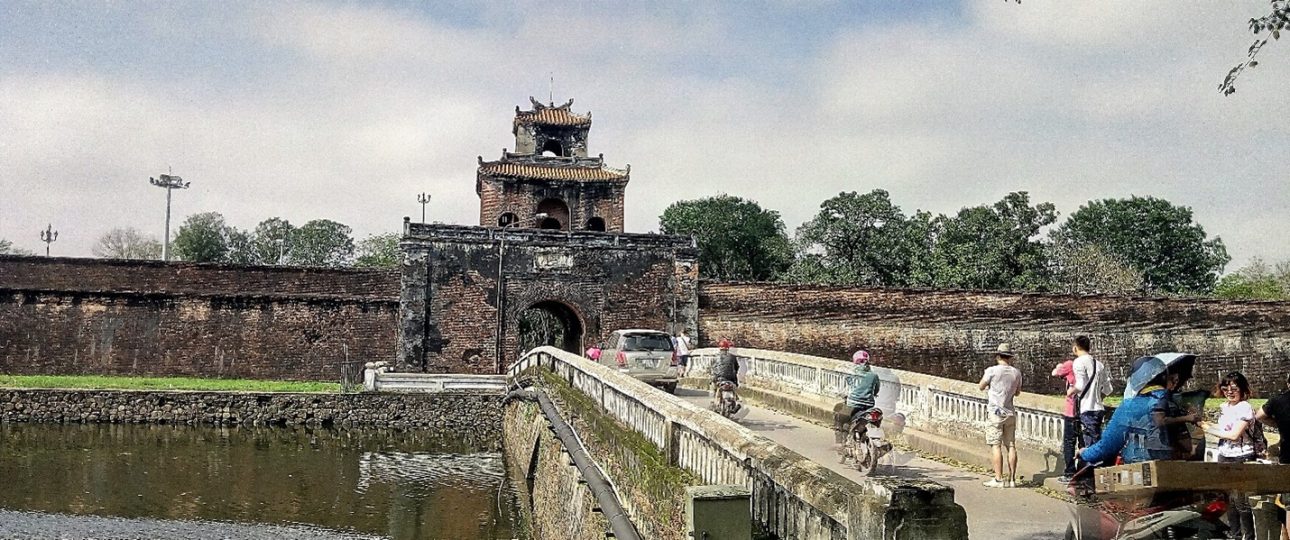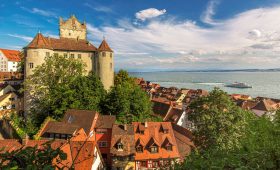We arrived in Vietnam in early November 2024. Here are a few tips you may find useful when planning a trip here. It’s a wonderful country, enjoy!
- Visas We are Canadian and visa rules are always subject to change, but we obtained e-visas before we left Canada. We paid $25 US each for a single entry visa valid for 90 days. There are many companies selling visa services online. Unless you need express Visa services DO NOT use them. The official government site https://evisa.gov.vn/ works fine. We got our Visas in less than a week. E-Visas are not valid at some of the smaller border crossings. There is a list of crossings they can be used at on the government website.
- SIM cards. You will need data in Vietnam. A phone number is not that important. We bought SIM cards at the airport when we landed. This is usually the easiest way to get a tourist SIM card. We paid $28 each for a 30 day card with 6G a day of data. I believe we also had phone numbers, but we were not able to figure out what the numbers were! Everyone has What’s app so you don’t need a phone number.
- What’s App is widely used. Set it up on your phone before you leave home.
- Cash and Credit Cards. Cash is king and only larger hotels or restaurants will take a credit card. If they do take a credit card they generally charge an additional 3% to cover the credit card fees.
- OR codes for payment. You will see these in most stores and restaurants. The Vietnamese have an app on their phones which allows them to scan the code and basically e-transfer money to pay their bill. It does not work unless you have a local bank account.
- Bank ATMs All the bank ATMs we have tried work with our Canadian CIBC cards, but most ATMs will only give you 2,000,000 or 3,000,000 VND which may sound like a lot but it’s $168.00 Canadian. VP and TP bank ATMs will give you 5,000,000 VND and they do not have a service fee. Generally only found in big cities and very popular with tourists so they are regularly out of money.
- Grab the Asian Uber. Much easier than a cab because you enter your destination using your phone rather than explaining it in Vietnamese and you do not have to negotiate the fare. The locals use it too. If you are feeling brave you can get an Grab ride on a motorbike! Download the app and set-up a credit card before you leave home.
- Google maps or maps.me work in Vietnam. Although Google maps does not always give you the ideal route. Apple maps is hit and miss.
- Google Translate. Works most of the time, but sometimes it is completely wrong!
- Crossing the road. This is a bit of a challenge. There are crosswalks, but they are just lines on the street. At traffic lights with walk lights most of the cars will stop, most of the motorcycles will not. You can cross the street anywhere you just need to wait for a break to get started and then slowly but surely cross the street. As long as you continue in a steady predictable manner the traffic will go around you. Do not panic or change direction and go back! Be alert for cars and motorcycles going the wrong way down the street.
- Water. Everyone drinks bottled water. Buy the biggest bottle you can find to limit the amount of plastic waste. Some tourist areas have free refill stations which is even better. Everytime we come to Asia we see more refill stations. Hopefully they will become the norm over the next few years. The plastic waste from the water is alarming.
- Google Reviews. If you go to a restaurant, stay in a hotel or enjoy a tour you will make the owners very happy if you write them a google review.
- Getting around the country. Flying– relatively speaking it’s cheap to fly on the local Asian carriers. The train– There is a major North-South line but it does not go to many of the towns you may want to visit. The trains have several classes, everything from a VIP cabin to hard seats. Hard seats are what they sound like. We have never done the VIP cabin but we have done one level down the soft sleeper which is a cabin with two sets of bunk beds one on each side. Hard sleepers have a stack of three beds on each side. The bus– this is the most common way to travel the country. Tourist buses can be VIP Cabin buses where you get a bunk, upper or lower with curtains where you can lie flat. Sleeper buses that have three rows of upper and lower seats which are reclining but do not go flat. They also have regular buses but they are not generally used on long distance routes. Some buses have bathrooms and others do not. For longer distances the buses unusually stop at a highway rest stop with questionable food. One of the down sides to the long distance buses is that for some towns they arrive very early in the morning. Mini vans used for shorter distance transfers. We usually book tickets through our hotel or hostel so we have someone to contact if things go wrong. You can also use a local travel agent or book online through 12goasia.
- Dogs There are loose dogs everywhere, but they are well behaved and have no interest in people most of the time. They are just doing dog stuff. If you do get bitten see a doctor they do have rabies in Vietnam.
- Shopping Vietnam has some great “deals” on name brand outdoor gear such as North Face, Patagonia and Arcteryx. Most of it is fak, but the quality is not that bad. There are a few higher priced items around (higher priced by local standards) that may actually be factory rejects at prices 70% lower than you will find at home. Hanoi and some of the other bigger cities have lots of shops. Be ready to discuss the price! Vietnam also has lots of handicrafts. Some are more real than others. It’s all inexpensive. We try to buy from the people who made it when we can.




